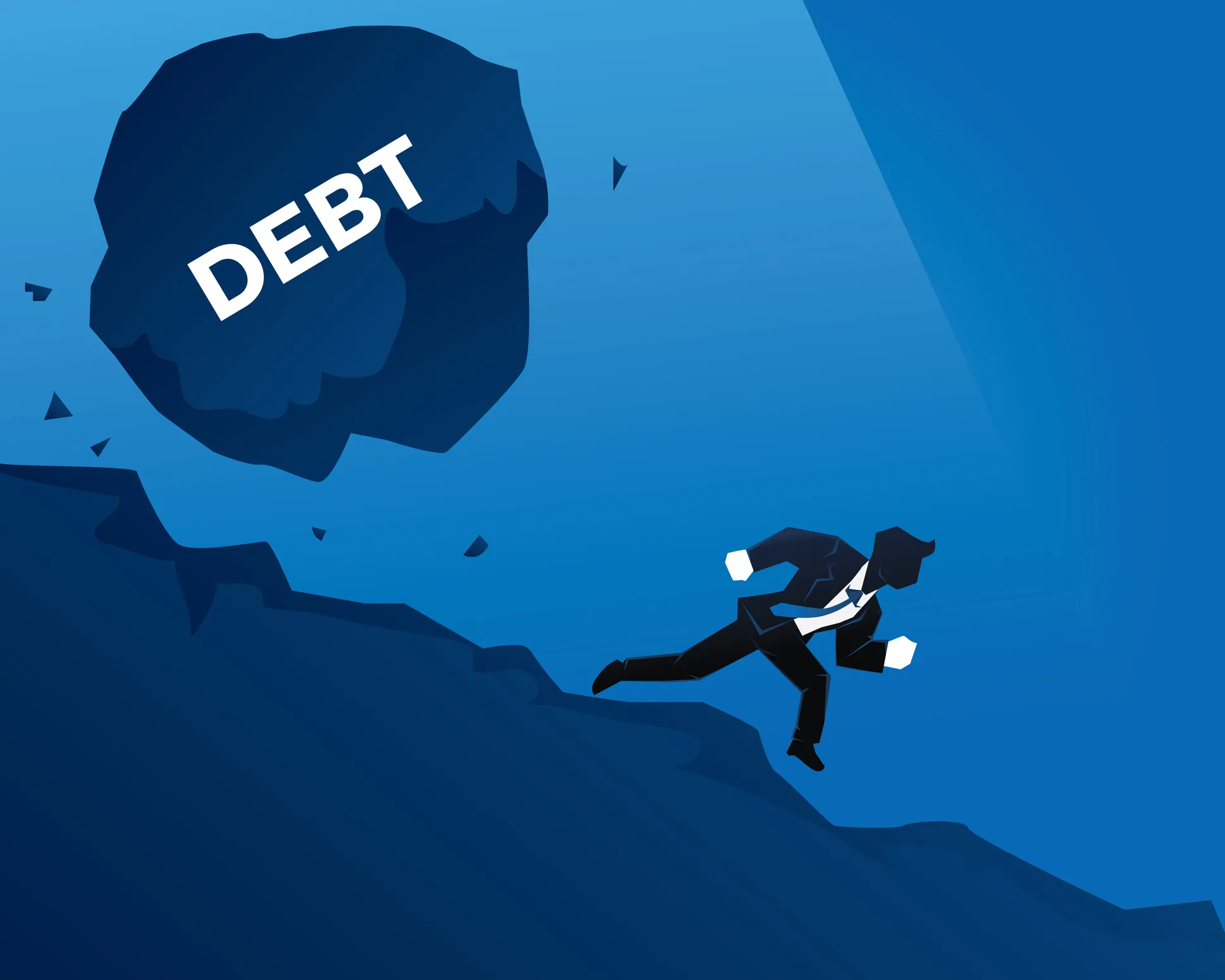 Debt can be a significant burden, affecting every aspect of your life from your financial health to your mental well-being. For many residents of Alberta, finding a quick and effective solution to manage and alleviate debt is a top priority. One promising strategy is debt consolidation, which can simplify your finances and potentially save you money. This article explores how debt consolidation works and how it can lead to quick debt relief in Alberta.
Debt can be a significant burden, affecting every aspect of your life from your financial health to your mental well-being. For many residents of Alberta, finding a quick and effective solution to manage and alleviate debt is a top priority. One promising strategy is debt consolidation, which can simplify your finances and potentially save you money. This article explores how debt consolidation works and how it can lead to quick debt relief in Alberta.
Understanding Debt Consolidation
Debt consolidation involves merging multiple debts into a single loan, ideally with a lower interest rate. This process simplifies your debt repayment plan, making it easier to manage your finances and pay off your debts more quickly. Here’s how debt consolidation can help:
- Single Monthly Payment: Instead of juggling multiple payments with different due dates, interest rates, and terms, you consolidate them into one monthly payment. This simplifies your budgeting process and reduces the risk of missing payments.
- Lower Interest Rates: Debt consolidation loans often come with lower interest rates compared to credit cards and other high-interest debts. This means more of your payment goes towards the principal balance rather than interest, helping you pay off your debt faster.
- Improved Credit Score: By consolidating your debts and making timely payments, you can improve your credit score over time. A better credit score can lead to more favorable loan terms and financial opportunities in the future.
The Process of Debt Consolidation in Alberta
Debt consolidation can be a straightforward process if you follow the right steps. Here’s a detailed look at how to consolidate your debt in Alberta:
Step 1: Assess Your Financial Situation
Before you can consolidate your debt, you need a clear understanding of your financial situation. This involves:
- Listing Your Debts: Write down all your debts, including credit card balances, personal loans, medical bills, and any other outstanding obligations. Note the interest rates, minimum monthly payments, and total balances for each debt.
- Evaluating Your Budget: Analyze your income and expenses to determine how much you can afford to pay towards your consolidated loan each month. This will help you choose a loan with manageable monthly payments.
- Checking Your Credit Score: Your credit score will impact the interest rates and terms you qualify for. Obtain a free copy of your credit report and review it for any errors or areas for improvement.
Step 2: Research Consolidation Options
There are several ways to consolidate debt, each with its own advantages and disadvantages. Common options include:
- Personal Loans: These unsecured loans can be used to pay off multiple debts. They typically offer fixed interest rates and repayment terms, making it easy to budget your monthly payments.
- Home Equity Loans or Lines of Credit: If you own a home, you may qualify for a home equity loan or line of credit. These loans use your home as collateral, which can result in lower interest rates. However, they also carry the risk of losing your home if you fail to make payments.
- Balance Transfer Credit Cards: Some credit cards offer low or 0% introductory interest rates on balance transfers. This can be a good short-term solution, but be aware of the fees and the interest rate that applies after the introductory period ends.
- Debt Management Plans: Offered by non-profit credit counseling agencies, these plans involve consolidating your debts into a single monthly payment to the agency, which then pays your creditors. These plans often come with reduced interest rates and waived fees.
Step 3: Compare Lenders and Terms
Once you’ve identified the type of consolidation loan that best suits your needs, compare different lenders to find the best terms. Consider factors such as:
- Interest Rates: Look for the lowest interest rate available to reduce your overall repayment cost.
- Loan Terms: Choose a loan term that balances affordable monthly payments with a reasonable repayment period. Longer terms may have lower payments but higher overall interest costs.
- Fees: Be aware of any fees associated with the loan, such as origination fees, balance transfer fees, or early repayment penalties.
- Lender Reputation: Research the lender’s reputation by reading reviews and checking for any complaints with the Better Business Bureau or other consumer protection agencies.
Step 4: Apply for the Loan
After selecting a lender, gather the necessary documentation and apply for the loan. This typically includes proof of income, a list of your debts, and personal identification. The lender will review your application and credit history to determine your eligibility and loan terms.
Step 5: Use the Loan to Pay Off Your Debts
If approved, use the consolidation loan to pay off your existing debts. This will leave you with a single loan to repay, simplifying your financial obligations.
Step 6: Maintain Good Financial Habits
To ensure the success of your debt consolidation plan, adopt good financial habits, such as:
- Making Timely Payments: Pay your consolidation loan on time each month to avoid late fees and damage to your credit score.
- Avoiding New Debt: Resist the temptation to take on new debt while repaying your consolidation loan. This will help you stay on track and achieve debt freedom faster.
- Building an Emergency Fund: Save money for unexpected expenses to avoid relying on credit in the future.
Debt consolidation can be a powerful tool for achieving quick debt relief in Alberta. By simplifying your payments, lowering your interest rates, and improving your financial habits, you can regain control of your finances and work towards a debt-free future. Remember to assess your financial situation, research your options, and choose a reputable lender to ensure the success of your debt consolidation plan. With the right approach, you can discover the secret to quick debt relief and enjoy greater financial stability.
